The Milyutinka field is located approximately 30 km south of the Zhitikara
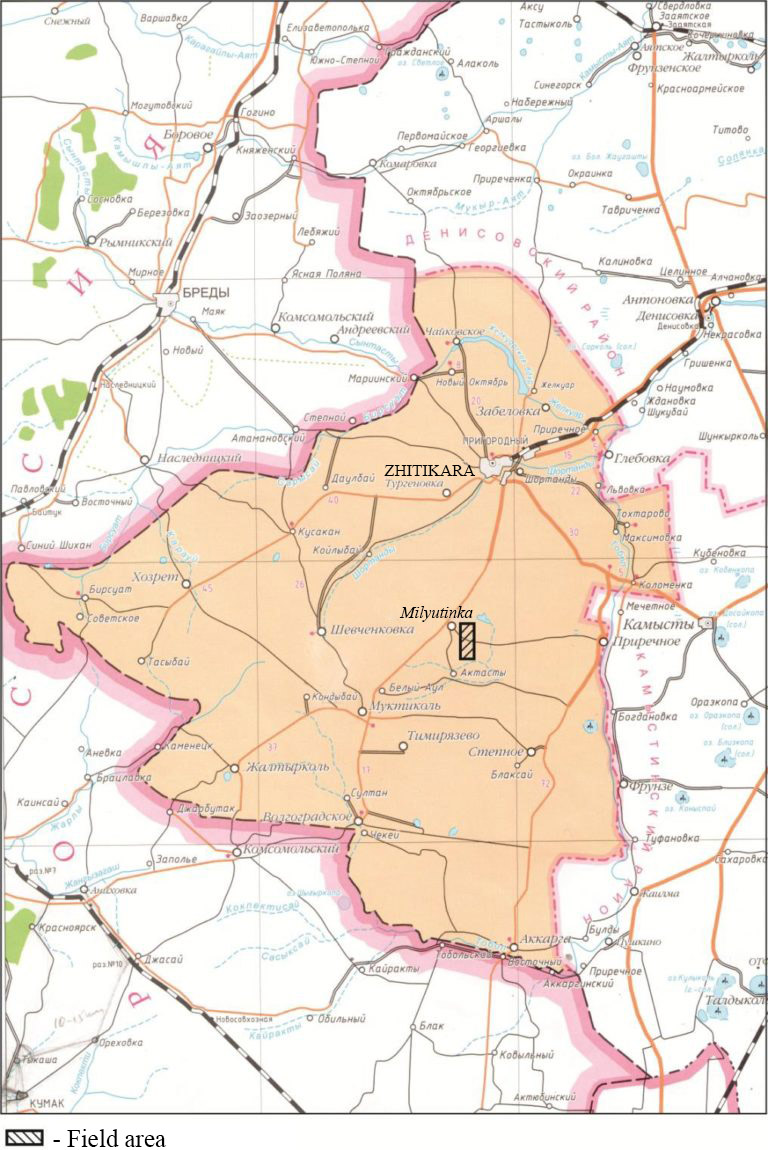
The distance from the field to the regional center of Kostanay is 270 km. The work site is connected with the nearest developed industrial center of Zhitikara partially by an asphalt road and sections of field roads with a total length of about 25-30 km. The nearest railway station is in Zhitikara.
Geological structure of the deposit
The deposit is confined to the weathering crust of the ultramafic massif of the same name. The length of the massif is about 20 km. Conventionally, it consists of three parts. The central and southern parts are of interest.
The weathering crusts across all massifs consist of three zones, replacing each other from top to bottom
- ocher zone (ocher and ocher-siliceous formations);
- zone of nontronitic and nontronitized serpentinites;
- zone of leached serpentinites.

The ocher zone. Has a thickness of 1–4 m, sometimes up to 13–15 m; ocher makes up about 11.7% of the deposit’s ores. The average nickel and cobalt content is 0.72% and 0.086%, respectively.
Zone of nontronites and nontronitized serpentinites. The thickness of the zone in the weathering crust, usually 2–6 m, sometimes reaches 20 m or more, accounts for 40.7% of the deposit’s ores. Nickel content – 1.08%, cobalt – 0.055%.
Zone of leached serpentinites. The thickness is from 1 to 10-15 m, making up 47.6% of the deposit’s ores. Nickel content – 0.83%, cobalt – 0.025%.
History of study
The presence of ore-bearing weathering crust within the Milyutinsky massif was discovered in the 50-60s. last century based on the results of geological surveying (Gachkevich, 1961) and geophysical work (Kuba, 1961). Prospecting and exploration work in 1961-1968. within the Central part of the massif, several isolated ore bodies of small sizes were identified (Kruglov, 1968). Author’s reserves in category C2 in the amount of: nickel – 22,125 tons, with an ore content of 0.88%, cobalt – 1,703 tons, with an ore content of 0.068%. Expected resources of nickel were established at 55 thousand tons, cobalt – 4.5 thousand tons.
Results of geological exploration in 2006-2008
From August 2006 to May 2008, geological exploration work was carried out at the deposit within previously studied ore bodies for their detailed exploration and within the entire massif in order to search for and discover new deposits.
A total of 995 wells with a volume of 25,280.05 linear meters were drilled, the average depth of the wells was 25.4 m. 10,250 row samples were taken, 688 group samples were taken by combining samples taken from duplicate samples in proportion to the length of each row sample for wells by ore type , physical and mechanical properties were determined from 76 samples. The selection of core samples (core halves) was monitored – 61 samples, 228 samples were taken for internal control, 127 samples were taken for external control. To verify core drilling wells, 23 pits with a volume of 190.1 m3 were drilled (57 furrow samples were taken), 3 were also completed ditches with a volume of 187.5 m3 (61 furrow samples were taken).


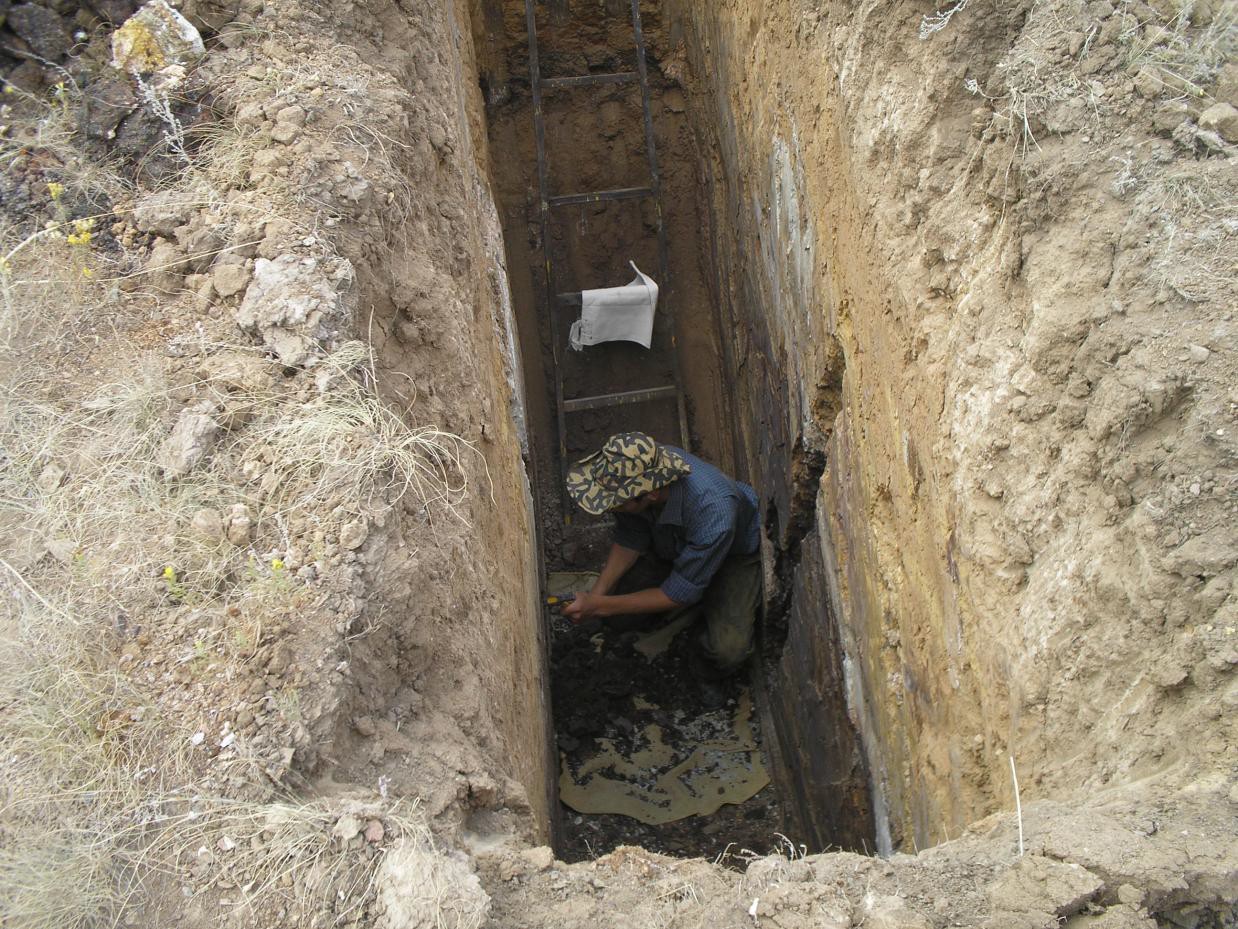
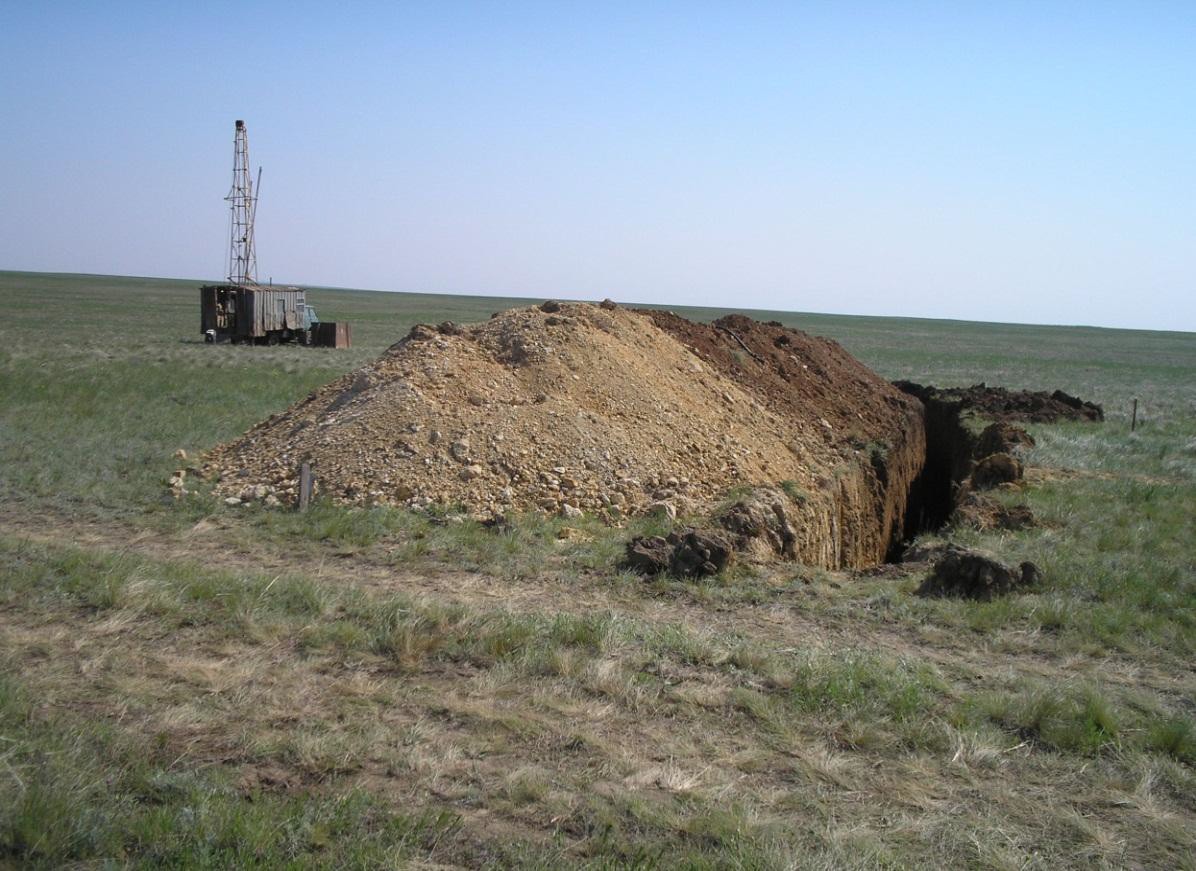
Due to the lack of funding from Niko-XXI LLP and the accumulation of large debts to Asbestovoye GRP LLP, geological exploration work was suspended in May 2008. In 2011, the competent authority terminated the subsoil use contract with Niko-XXI LLP, which never paid the debt for the work performed and was not interested in the further fate of the accumulated material.
Results of work 2006-2008
As a result of the work performed, five deposits were explored in the central part of the massif along a network of 50×25 m, 50×50 m and 100×50 m. The drilled wells were certified by mine workings. The reserves of these deposits can be classified into industrial categories.
In addition, a new powerful ore zone was discovered with a length of 9,800 m, a width from 50 m to 250 m, which was explored through a network of wells up to 100-50×50 m within lines from 9+600 to 15+600, and within exploration lines 15+800 – 22+000 – 300-400×50 m network.
Monitoring the implementation of geological exploration work
During the field work, quality control of the work was carried out by Wardell Armstrong International Limited and, based on the results of drilling in March 2008, a report was prepared “Updated assessment of reserves of the Milyutinskoye nickel-cobalt deposit. Northern Kazakhstan” with calculation of preliminary reserves in Datamine software using the ordinary kriging method with different cut-off options.

1 – soil-vegetative layer, loams; 2 – Quaternary clays (Q I-II); 3 – Neogene clays (N1); 4 – ocher on serpentinites; 5 – nontronitized serpentinites; 6 – weakly nontronitized serpentinites; 7 – leached serpentinites; 8 – serpentinites not affected by weathering; 9 – silicified serpentinites; 10 – boundary between rock varieties; 11 – contour for calculating nickel reserves at a cut-off content of 0.3%; 12 – well, its number, absolute elevation, depth, 1.21 – nickel content by sample, %
Summary table for calculating reserves and predicted resources of nickel and cobalt for the Milyutinka cobalt-nickel ore deposit according to data from AGRP LLP
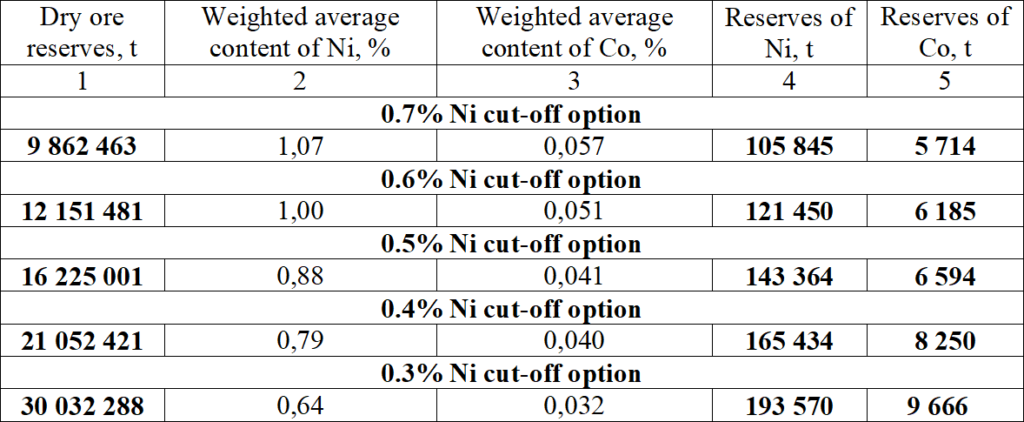
Technological knowledge
To study the technological properties of the deposit’s ores, technological samples were selected: 1 sample weighing 1500 kg for industrial research of ores at the Gipronickel Institute in St. Petersburg. The sample characterizes the average type for ore bodies 1-5 and is represented by different types of ores: ocher, nontronite and nontronitized serpentinite, leached serpentinite. For laboratory research, 4 samples weighing 5 kg each were selected and sent to LLC “Degtyarsky Experimental Plant” in Yekaterinburg. According to the results of technological studies of the process of smelting Milyutinsk oxidized nickel ore into ferronickel in an enlarged laboratory furnace at direct current, rich ferronickel was obtained with an extraction of the latter into the alloy of about 94.0%.
Availability of field materials
All materials of field work: geological documentation of wells, pits, ditches, catalogs of workings coordinates, sampling records, results of laboratory and technological studies of the field are stored in Asbestovoye GRP LLP and digitized. Core material from drilled wells is stored in a warehouse on the territory of the industrial zone of the enterprise. Duplicates of samples and sample remnants after sample separation are stored in the laboratory of Asbestovoye GRP LLP located in the industrial zone of the enterprise.
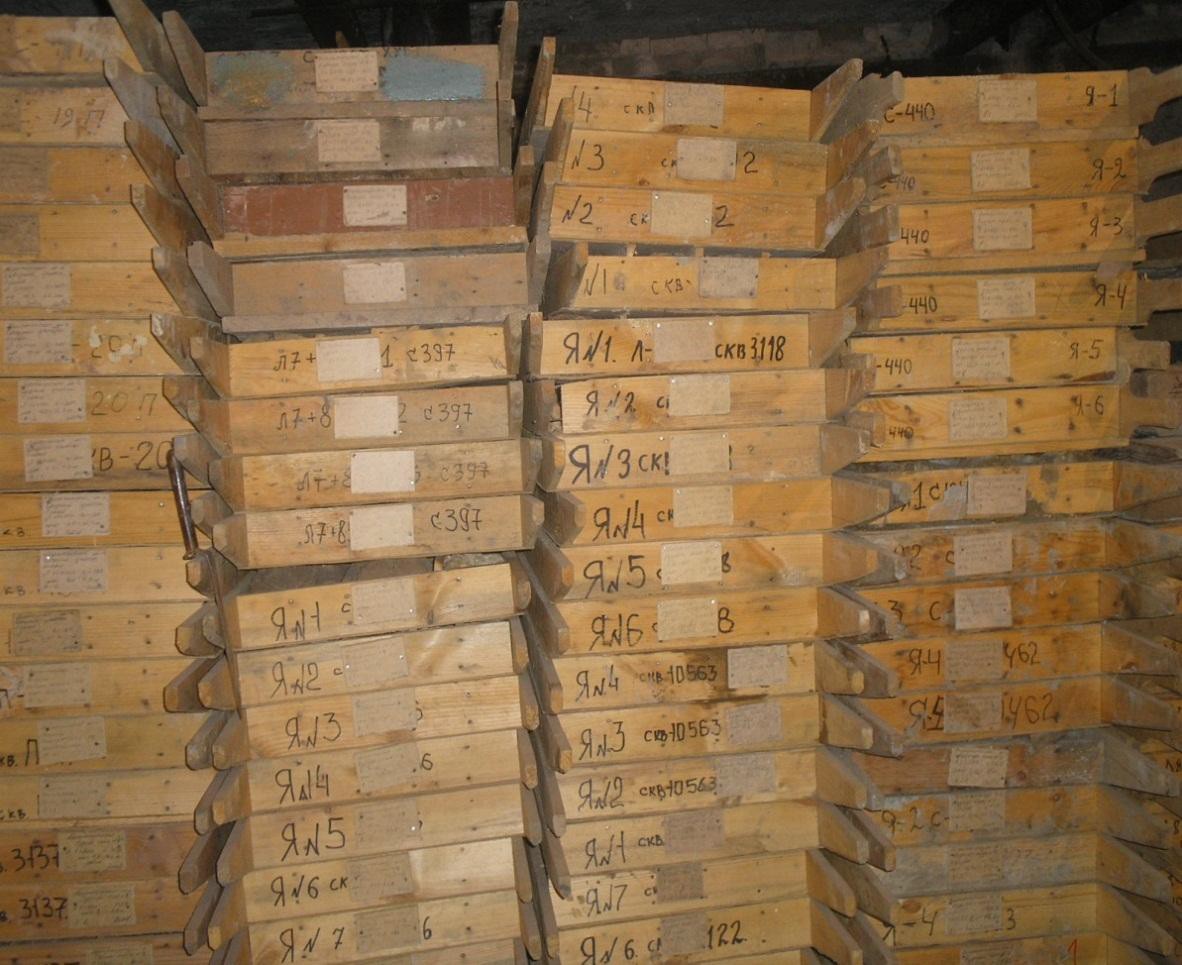
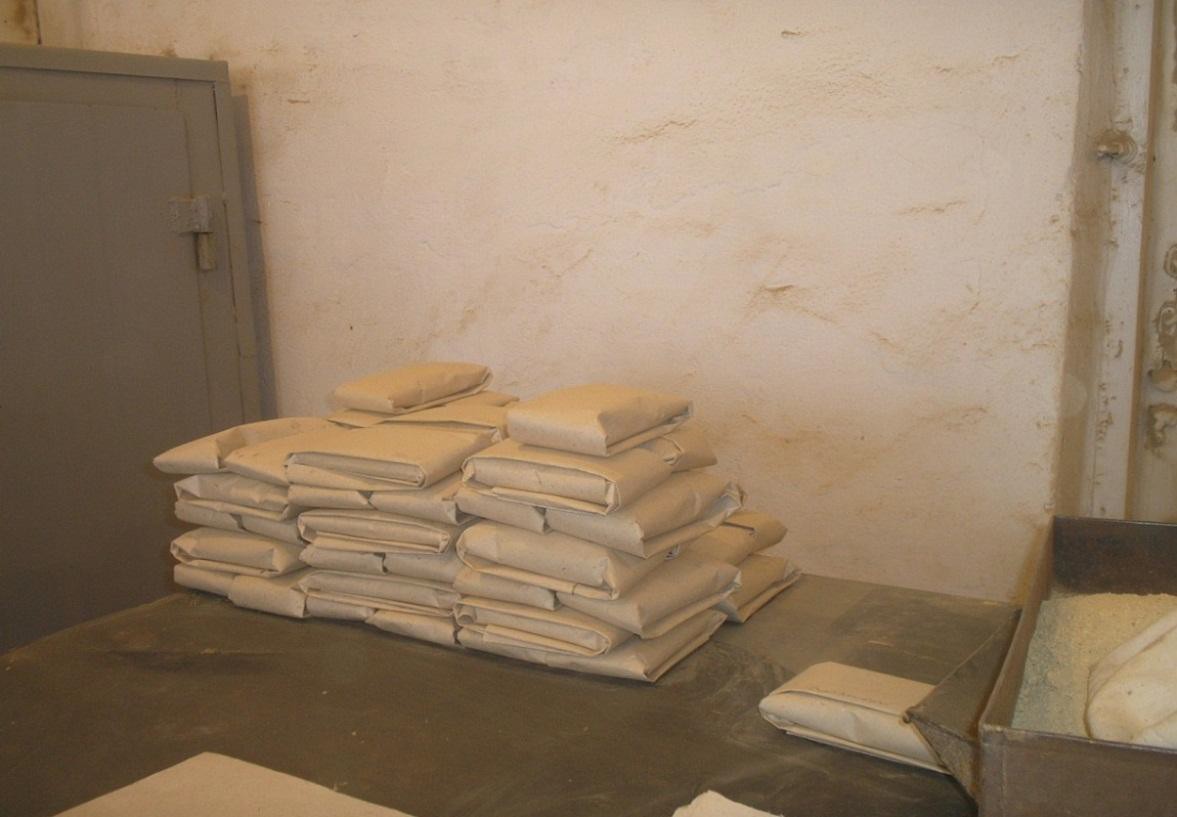
Although work at the Milyutinsky nickel-cobalt silicate deposit was not brought to its logical conclusion and the deposit’s reserves were not tested, the prospects for the deposit were determined based on the results. The advantages of the Milyutinsky deposit of silicate cobalt-nickel ores compared to others in the ore region are: location to the industrialized regional center of Zhitikara, compactness of ore bodies, optimal reserves, sustained nickel content in the ores of more than 0.8-1.0% and cobalt – 0 .05%, etc.
The fact is that other similar deposits in the region are characterized by either large reserves (Shechenkovska), which requires significant capital investments, or small reserves (Zigansha, etc.), which is not enough for investment. The Milyutinka deposit is an optimal deposit with reserves of the first hundred thousand tons of nickel and can become a reliable raw material base for the development of a mining and processing enterprise with reasonable capital investments.
The main problem hindering the development of silicate nickel and cobalt deposits, in our opinion, is technological issues, which ultimately regulates the need for energy, water, labor and other resources and determines the environmental prospects of the project. The development of cheaper and environmentally friendly technologies is a very important factor in increasing the attractiveness of nickel and cobalt silicate deposits in the Zhitikara district of the Kostanay region.
Currently, there is no subsoil user at the deposit, but according to the new Code of the Republic of Kazakhstan “On Subsoil and Subsoil Use”, its territory cannot be registered without the permission of companies that previously, before the adoption of the new code, issued a contract for subsoil use for gold in large areas, which included the area where The Milyutinskoye cobalt-nickel deposit is located (although no gold deposits have been discovered there). And if previously, on the same piece of land, there may have been registration of subsoil use rights for different minerals, the above-mentioned code does not provide for this, so problems arise with the study of subsoil. The territory where the Milyutinka deposit is located belongs to several subsoil users, but the main area where cobalt-nickel deposits are located belongs to the Complex Geological and Economic Expedition LLP as part of the South-Tokhtarov-Barambaev area.
Asbestovoye GRP LLP will transfer all available materials to investors after reimbursement of costs for work already completed and hopes for fruitful cooperation in further exploration of the field.
Sincerely, N.N. Jafarov